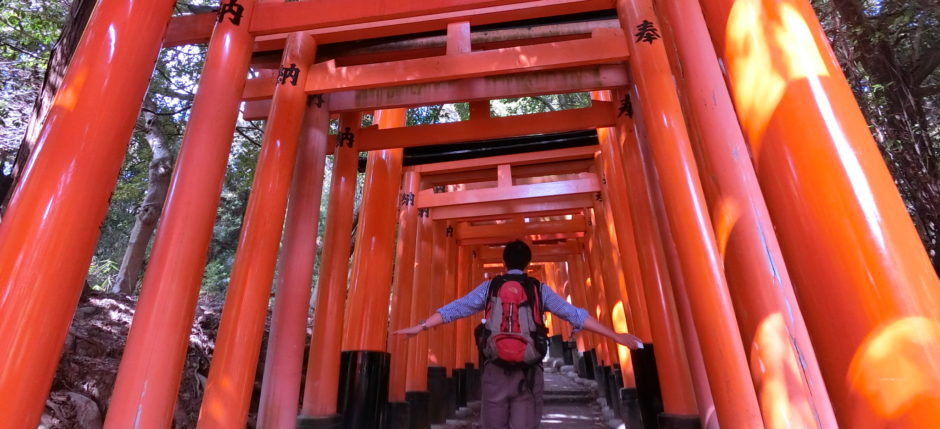
Guide to Kyoto, Japan
Kyoto, a smaller scale city as compare to the bigger Osaka in the kansai region of Japan is known for its numerous temples, gardens, imperial palaces and Shinto shrines. It is also a city where one can easily spot Japanese wearing tradition Kimonos walking along the street.
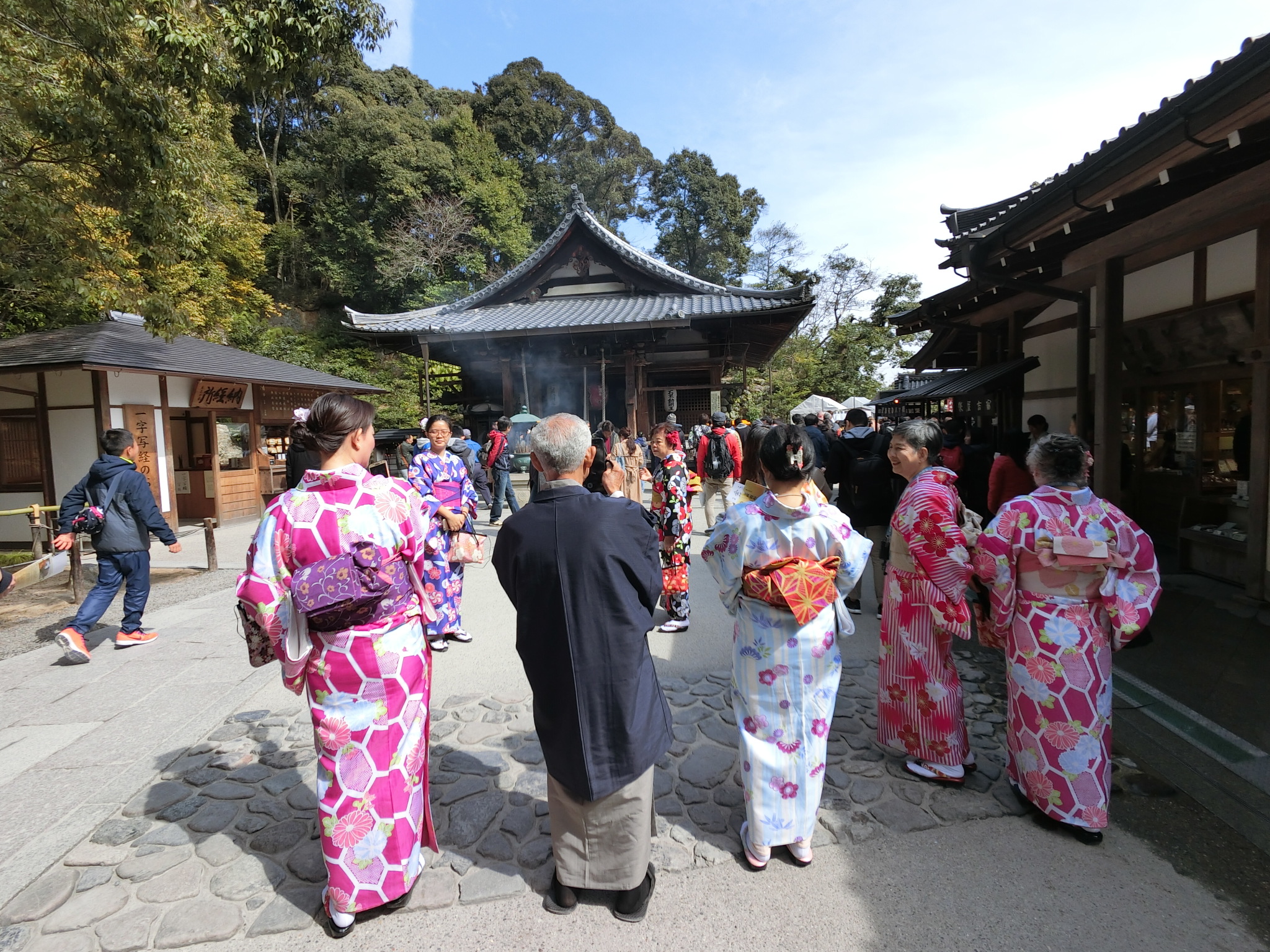
A total of 3 days were spent in Kyoto city, taking in the sight and sounds of what it can offers. As there are simply too many temples, there is no point in visiting all of the temples as one will eventually get confused at the end of the trip. So here is what I will be highlighting some of the must visit places in Kyoto.
Transport in Kyoto
Before that, let’s touch on transport issues. Kyoto is a place where like many other major cities in Japan, subway is readily available with so many lines running concurrently. It is important to obtain the subway map, study before hand by circling out subway stations that is close to your accommodation. As some of the tourist attractions is better reach by public bus, I would recommend using what is known as the ICOCA card or what the locals called it also as “IC” card. This card would enable one to take both the bus and subway ride. When taking the bus, enter by the rear door without tapping the card. Only tap out when you disembark from the front of the bus. When taking the train, tap in and out at the subway station gantry.
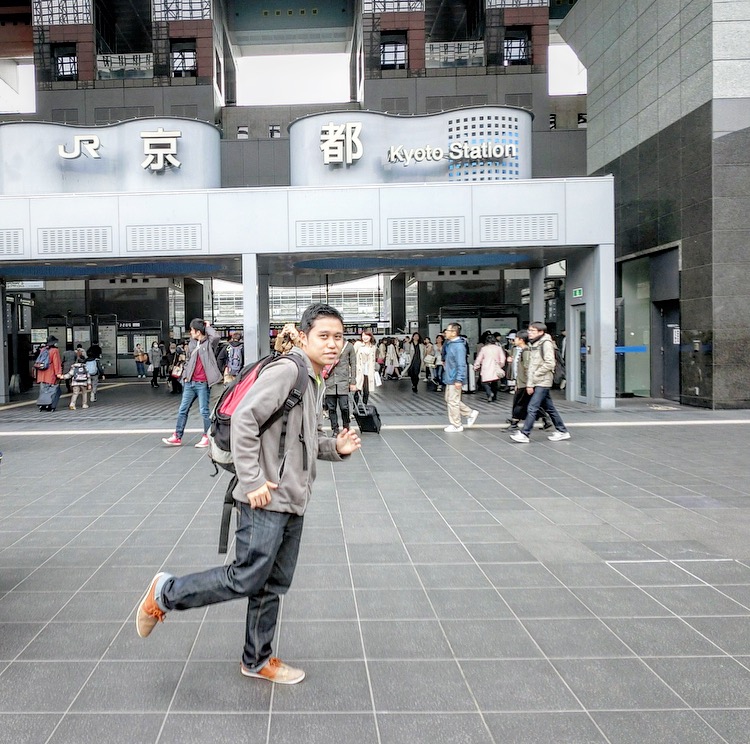
Purchasing ICOCA & HARUKA Card
If you are arriving at Osaka in the early morning just like I did, I recommend to head straight to Kyoto from Kansai International Airport. Should you be doing this option, the best way to save money and time would be to purchase a ICOCA & One-way HARUKA Card which costs 3,600 Yen.
ICOCA & HARUKA Card can only be purchased at the JR ticket offices of Kansai Airport, Osaka Station, Shin-Osaka Station, Tennoji Station, JR Namba Station, Kyoto Station, Nara Station and Kobe’s Sannomiya Station. Round trip tickets are only sold at Kansai Airport. There is a limit of one purchase per person and stay.
The ICOCA card initially has a value of 2000 yen, which consists of refundable deposit of 500 yen and an initial value of 1,500 yen that can be used on most JR and non-JR urban trains and buses in Osaka, Kyoto and Kobe.
At the end of your holiday trip, one can obtain the refund of 500 yen deposit at the Kansai Airport train station. However, please note there is a 220 yen handling fee to be deducted. Alternatively, if you are considering to revisit beautiful Japan, whatever balance that remains in the ICOCA card is valid for the next 10 years.
You may like to also note that the ICOCA card allows one to even use it conveniently at major supermarket stores such as AEON and 7-11 outlets when one purchase items.
Accomodation in Kyoto
Staying in hostel in Japan is prefectly fine even thou it comes with shared bathrooms. The hostels I had stayed in Japan so far have been very clean. In fact, I would recommend staying in hostels as they usually provides very good tourist information on places nearby to eat, how to get to tourist attractions and is a fun place to make more friends as one travel.
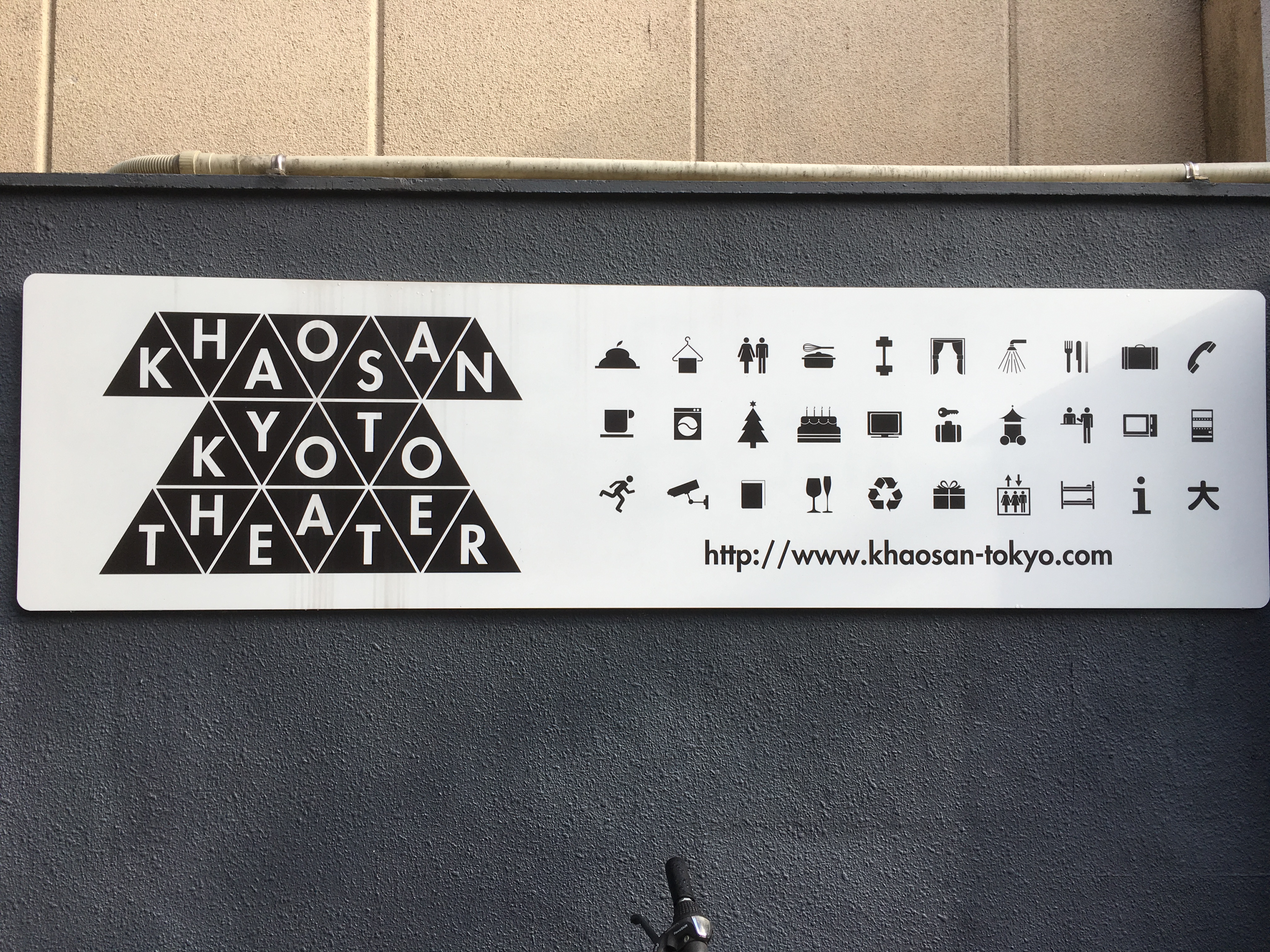
I had stayed in Khaosan Kyoto Theatre. Toilets are prefectly clean, capsule like beds give one comfort yet offers certain privacy when one draw the curtains and a basement bar to chill out. In fact, the location is the most important factor when it comes to accomodation. Khaosan Kyoto Theatre is centrally located as it is only walking distance from train stations such as Kawaramachi station, Karasuma station and Shijo Station. In addition, it is located within walking distance as well to Nishiki Market (shopping and eating Japanese seafood area) and Gion street where one can find Geisha walking around which has been a famous attraction in Kyoto.
It is also near to supermarket like Takashimaya which offers huge selection of food at the basement level and if you go after 8pm, the food are selling at 20%-50% cheaper even, an ideal option to lower down your travel cost. You may like to refer to this link here on cost saving in Japan.
Attractions in Kyoto
Gion Geisha Districts: Nearest subway station is Gion-Shijo. If you are looking for the true Kyoto way of life, then you should be in this area. Packed with bars, restaurants and traditional teahouses, there is no better place to be in as one can spot apprentice geisha wandering about the back streets on their way to their appointments. Best time to spot them would be in the early evening hours.
Sagono Romantic Train: Take this train if you are travelling during the season of Spring or Autumn as one will get to see the flowers either in full bloom or in golden colour during Autumn. Duration: 25 mins (one-way), 1 hour (two way) ; Fare: Yen 620 (one-way) ; may not operate on Wednesday. You can buy same-day tickets at Saga, Arashiyama, and Kameoka Torokko Stations. The station you can get off: Arashiyama Torokko Station
This station is right next to the Sagano Bamboo Forest. This station is near to Jojakkoji Temple and Tenryuji Temple.
Sagono Bamboo Forest: If you do not intend to take the romantic short train ride, one can choose to walk from the subway station of Arashiyama. In fact, I would recommend a slow leisure walk from the station as along the way, one can enjoy the natural calm scenery.
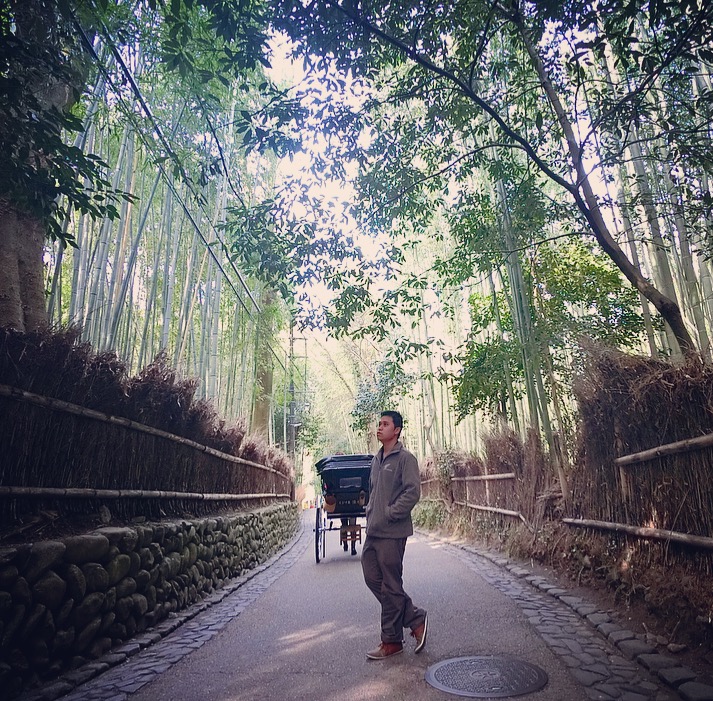

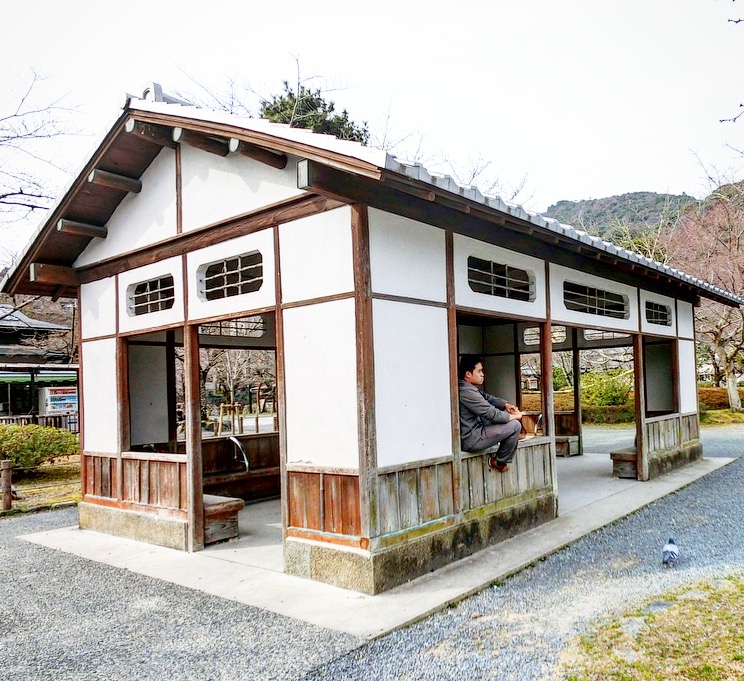
Tenryu-Ji Temple: Near to Arashiyama station, Kyoto most famous temple. Kyoto’s five great Zen temples. In 1994, it was registered as a UNESCO World Heritage Site.
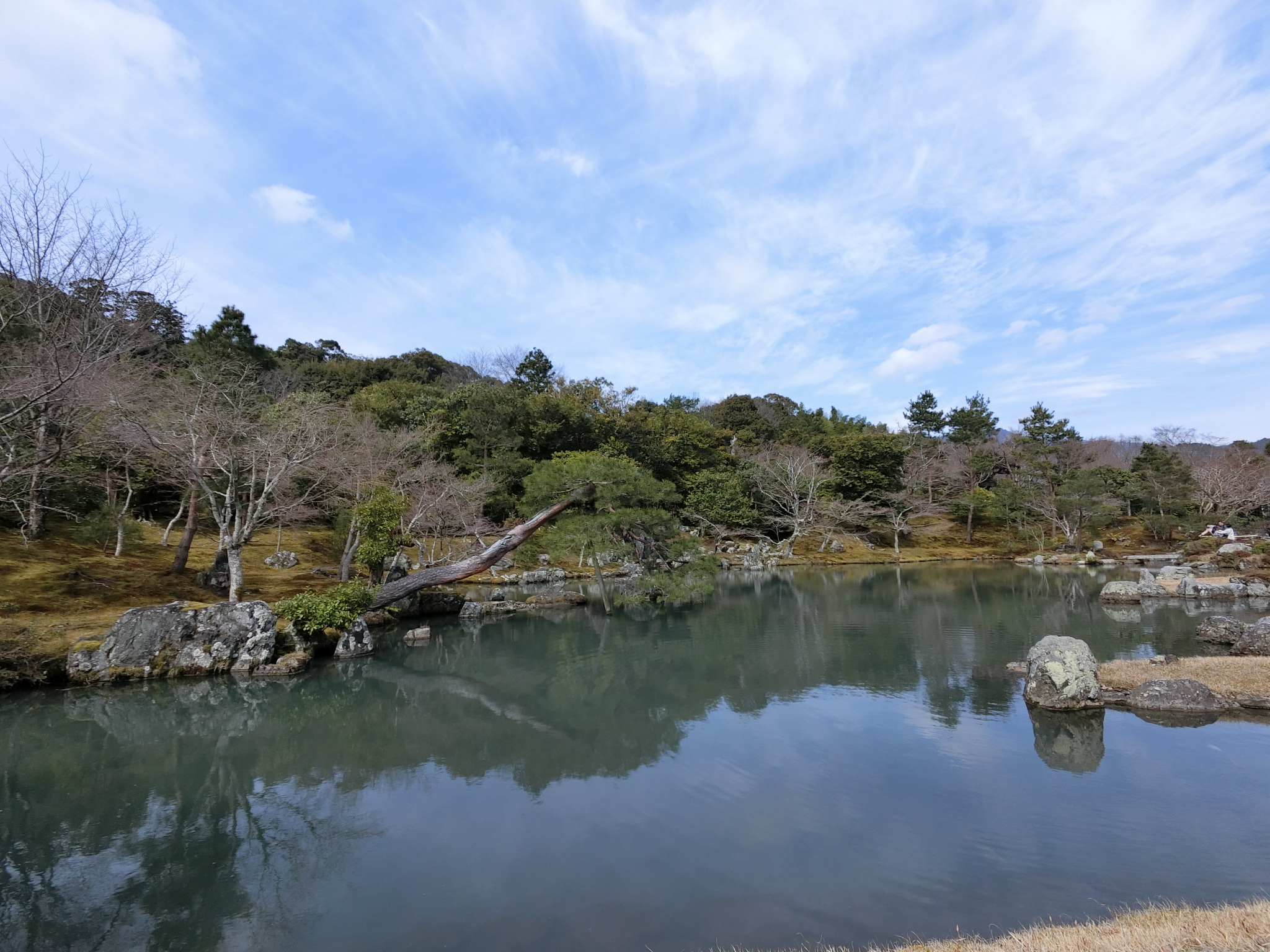
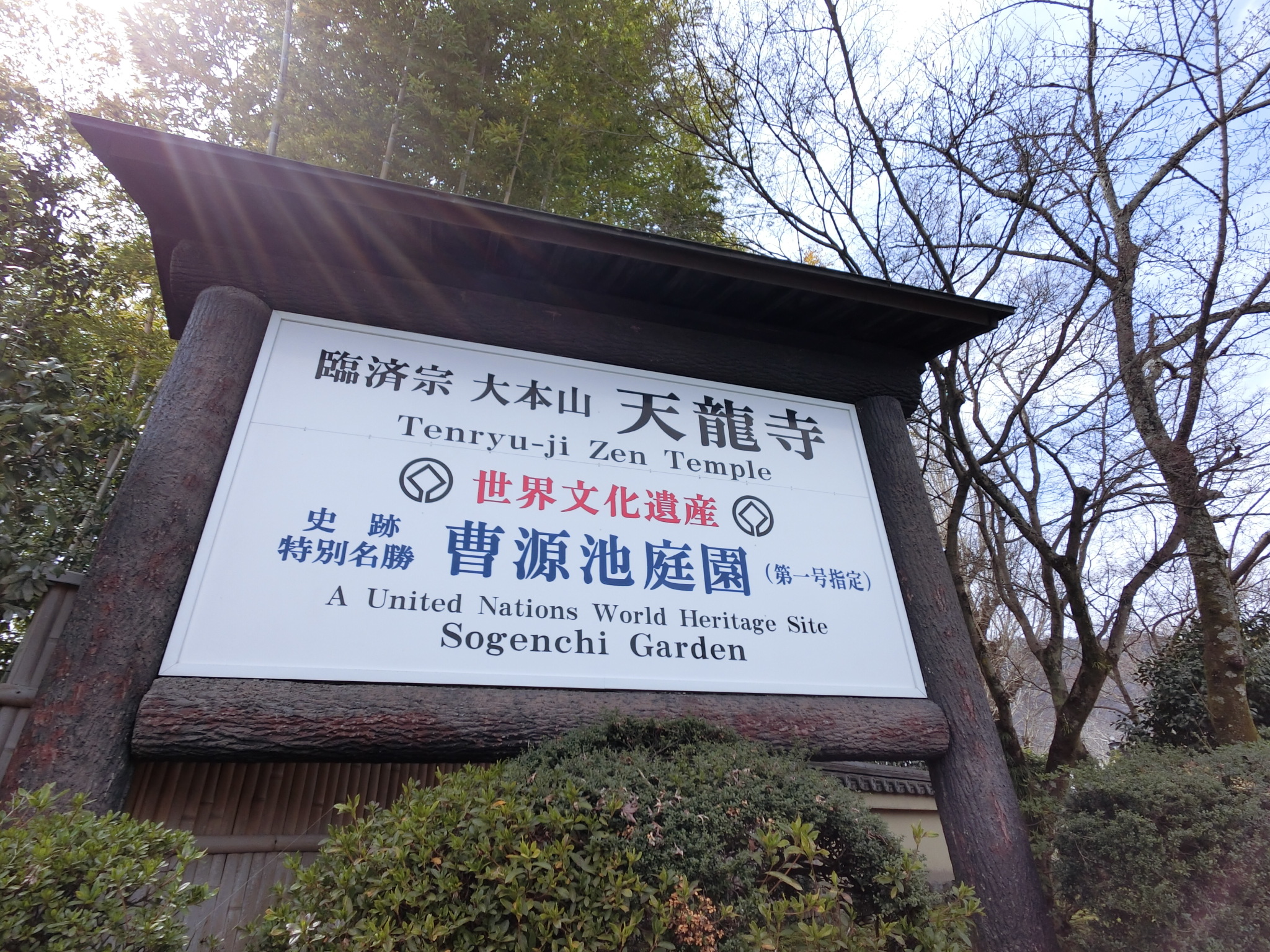
Fushimi Inari Shrine: This shrine is well-known for its trail and tunnels of 10,000 red/orange torii or traditional Japanese gates that led to sacred Mount Inari. Free admission. 5min walk from Inari Station, JR Nara line. 10min walk from Fushimi Inari Station, Keihan line.
English address: 68 Yabunouchi-cho, Fukakusa, Fushimi-ku.
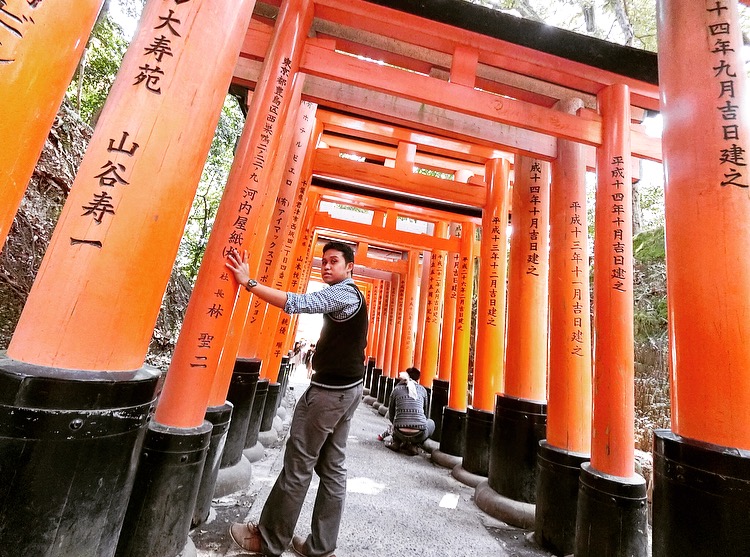
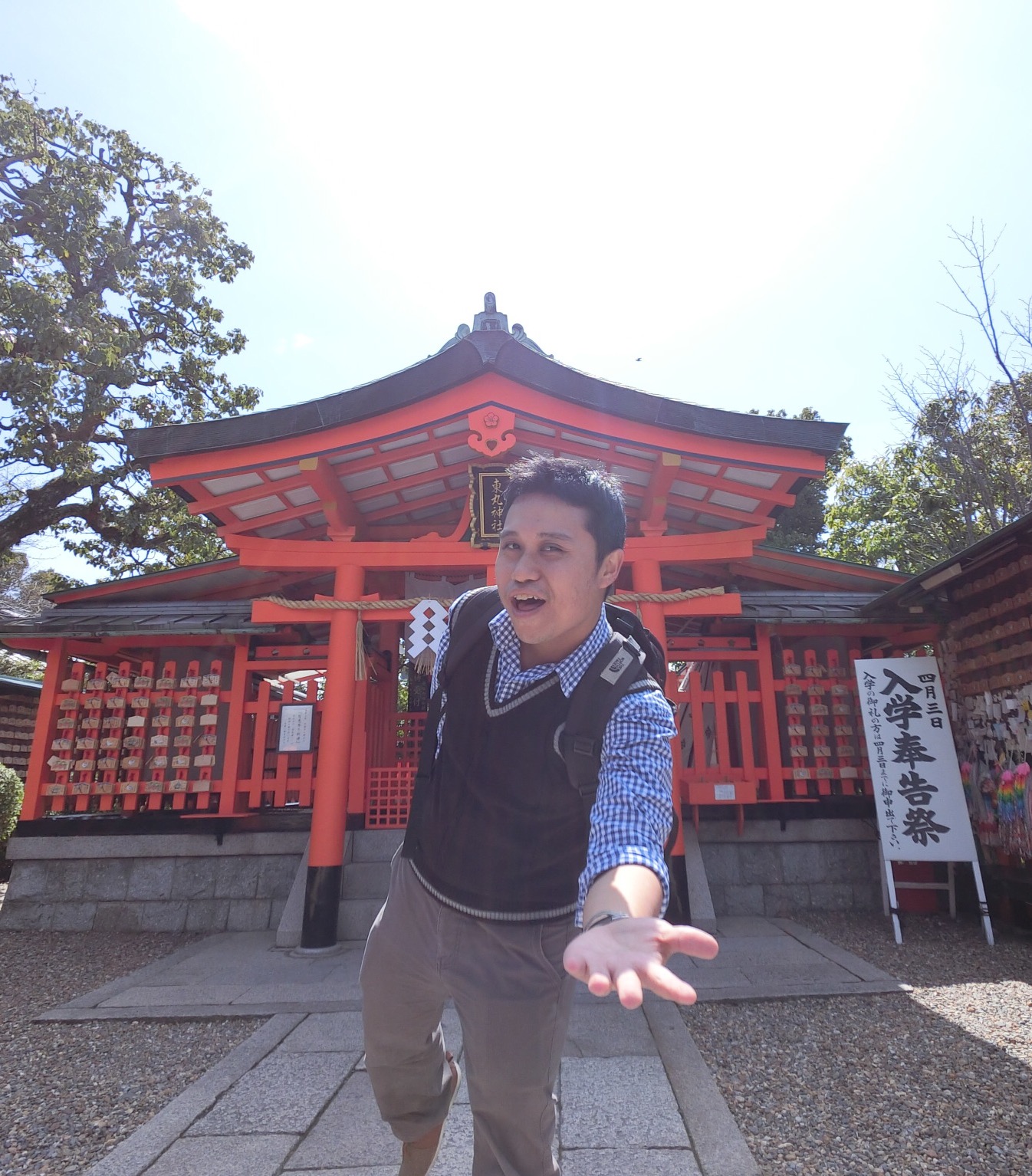
Kinkaku-ji Temple: The famed “Golden Pavilion” is very pretty given it is Kyoto’s #1 UNESCO attraction. However, it also mean the crowds here are crazily huge so go early on a weekday morning to avoid human traffic.
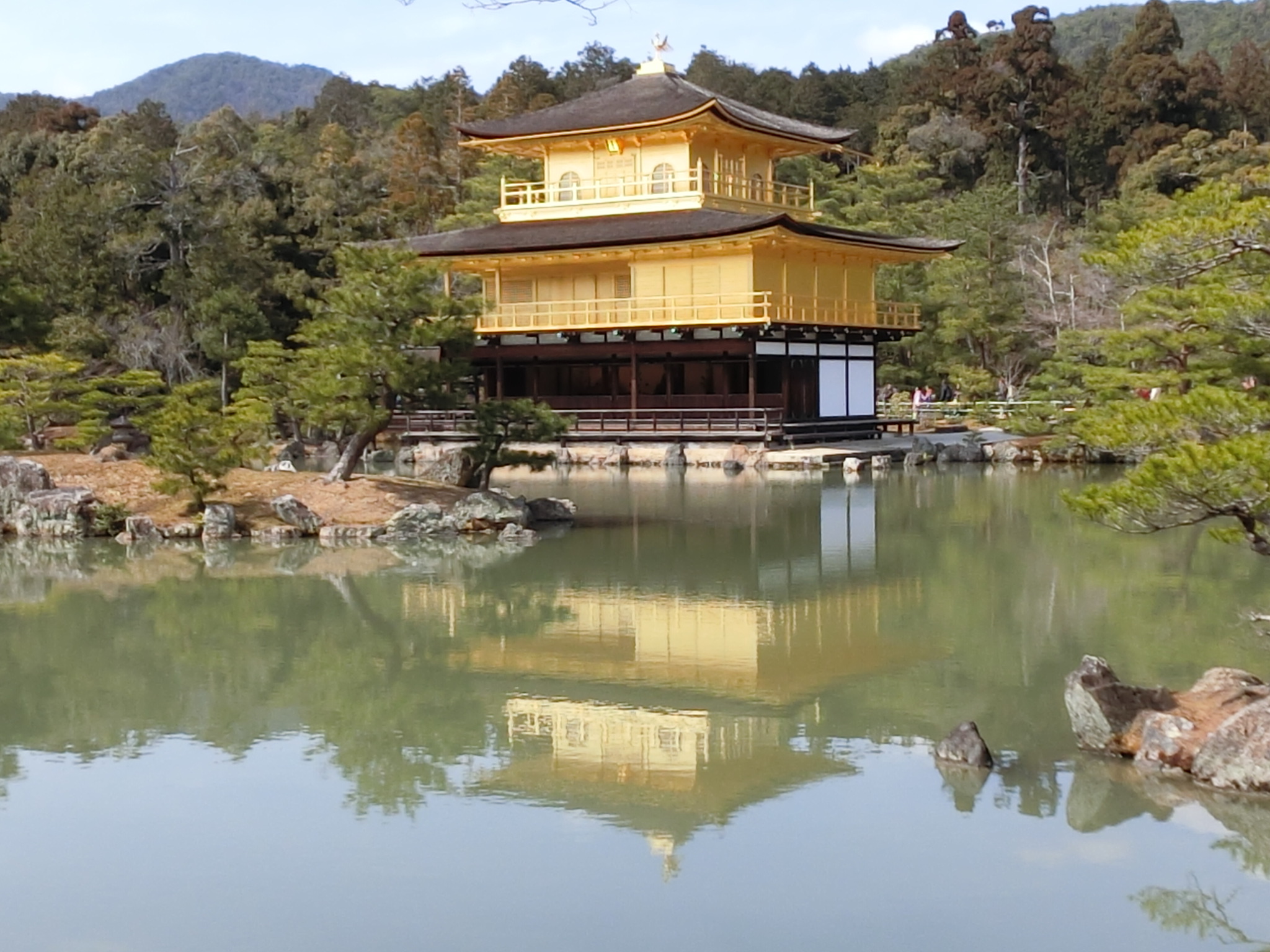
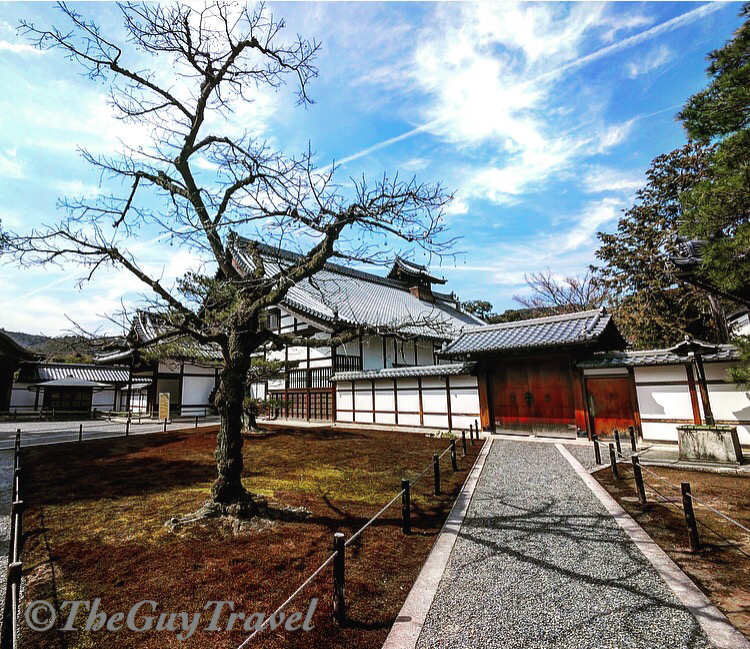
Nijo Castle: Near to Nijojo-Mae station. Walking distance to Nishiki Food Market. 50 varieties of Sakura. Entrance Fee: 600 Yen. To reach the castle, take bus 9 from Kyoto Station to Nijojo-Mae Stop. Alternatively, take Tozai Subway line to Nijo-jo-mae Station, enter by 4pm.
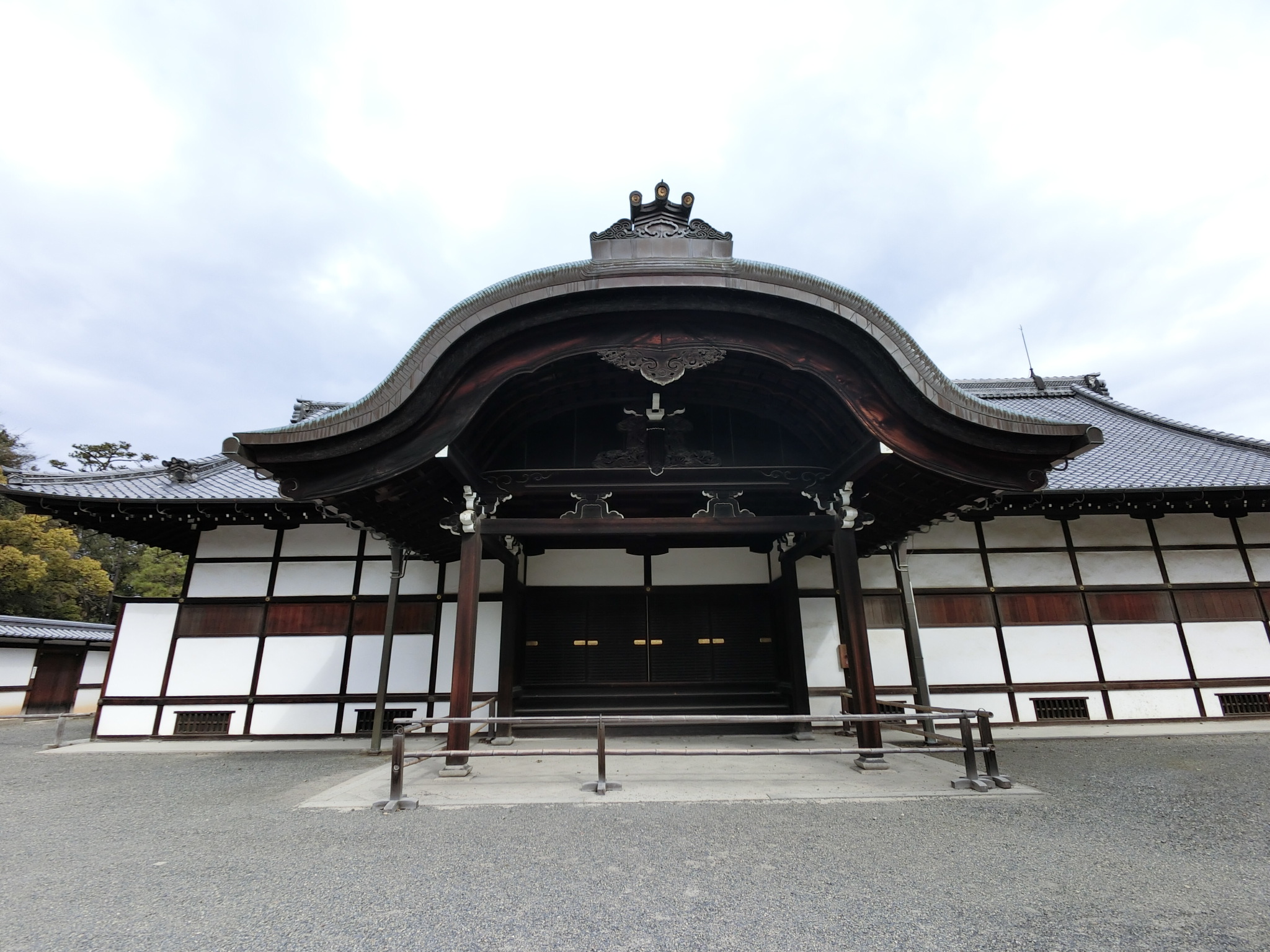
Maruyama Park: Best time to go will be at night with weeping cherry trees and night lights illumation make it a favourite night spot.
Kiyomizu Temple: Opening hours 6am-6pm. Entrance Fee: 300 Yen. It is one of the nicest temple from my point of view. As the temple is rather huge, there are some spots that do not have many people making it one of the best moment to take in a breather and take some photos.
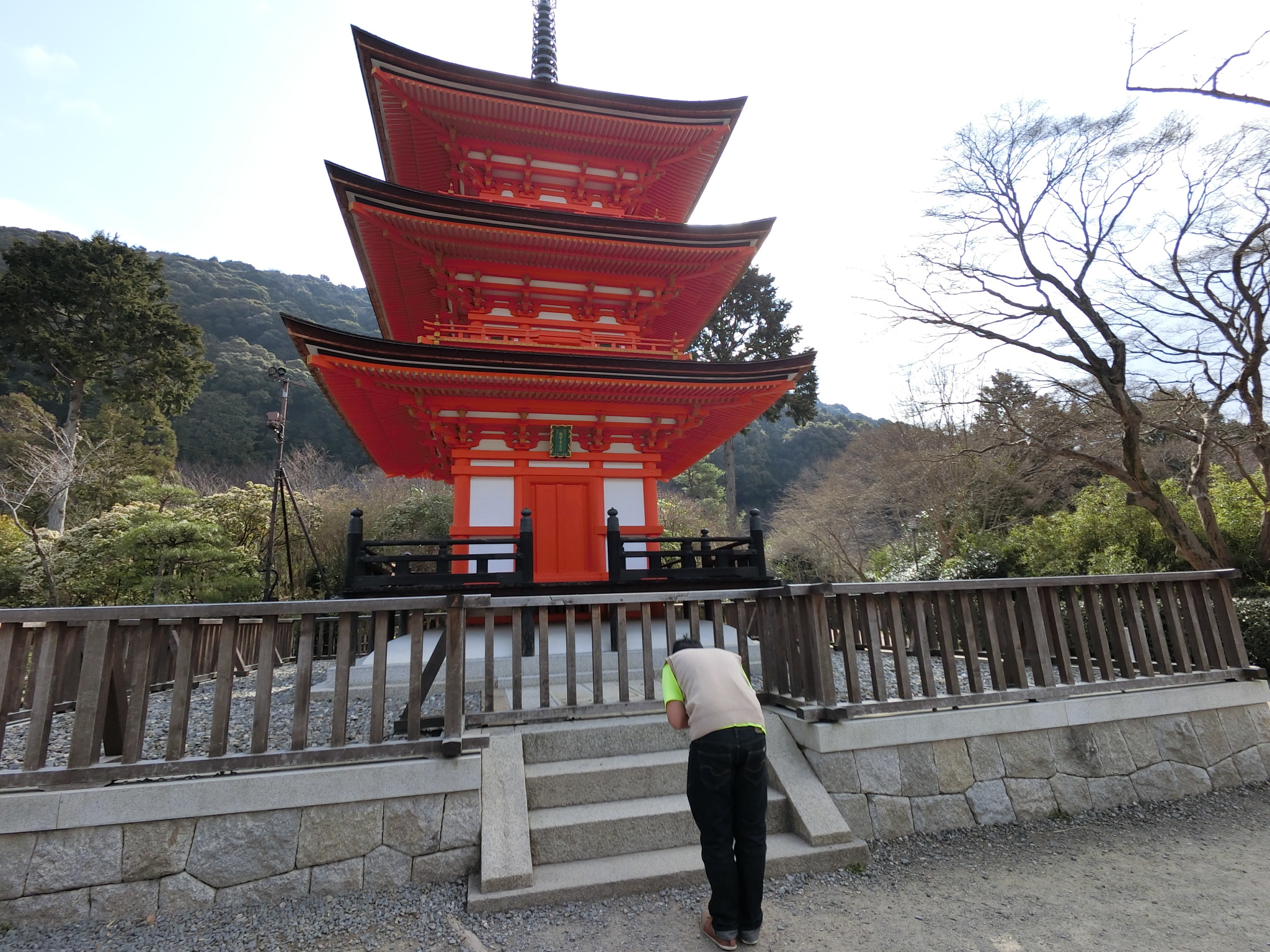
Toei Kyoto Studio Park: Dress up as a samurai. Kyoto Toei Studio Park to give it its English name, is a working TV and movie set that doubles as a theme park, where besides dressing up in period costume you can wander around a mock-up Edo-era samurai town. Eigamura is open daily from 9am to 5pm, Admission is ¥2,200.
Nishiki Food Market: Sell fish, meat, dried foods, side dishes, yuba (tofu skin), and Kyoto vegetables on the 400 meter path. Address: Nishikikoji Teramachi-Takakura, Nakagyo-ku, Kyoto. 5 minute walk from Karasuma Station on the Hankyu Kyoto Railway Line or a 7-minute walk from Shijo Station on the Karasuma Subway Line.
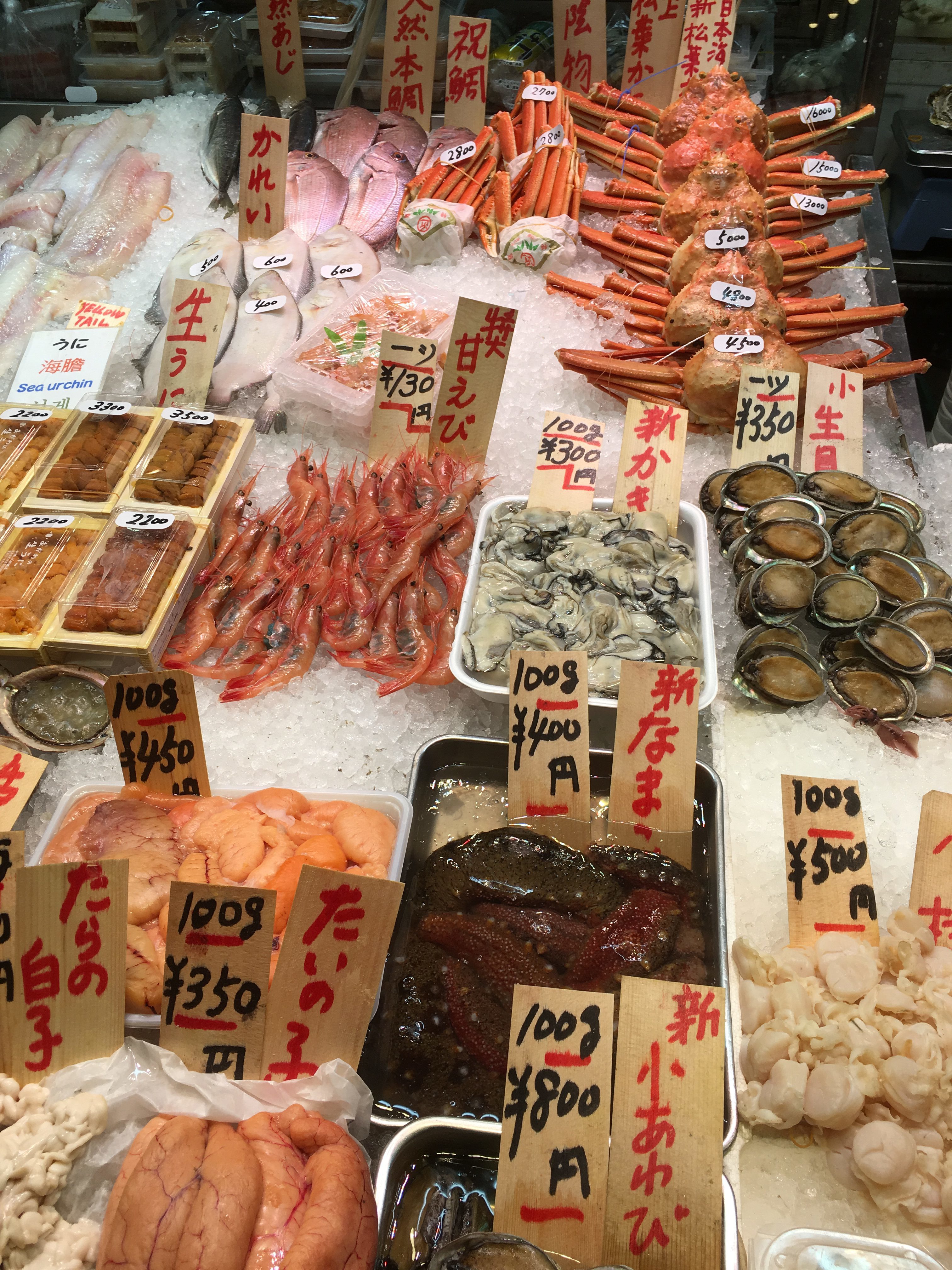
Kurama Onsen: Less than one hour from the city center, known for hot spring, Kurama is a rural town that allows one to enjoy the relatively slower pace of life in Japan. Both outdoor and indoor baths can be enjoyed at Kurama Onsen, a ryokan located at the upper end of the town of Kurama. It is a 10 minute walk from the train station along the town’s only road. Please bring along 1 big towel (to dry your body) and 1 small towel (to cover your body parts during the naked onsen). Soaps and shampoo are provided inside.
How to enjoy Japanese Bath?
- Strip naked and wash yourself
- Wash off the soap on your body by pouring hot water over your shoulders
- Enter the onsen area and submerge one in hot water almost up to your chin.
- Please do not drop your towel into bath tub and don’t feel shy by wrapping yourself in a towel. It is considered rude to do so.
- Make sure to bath yourself throughly before exiting
- Drinks lots of tea to replenish yourself after onsen experience
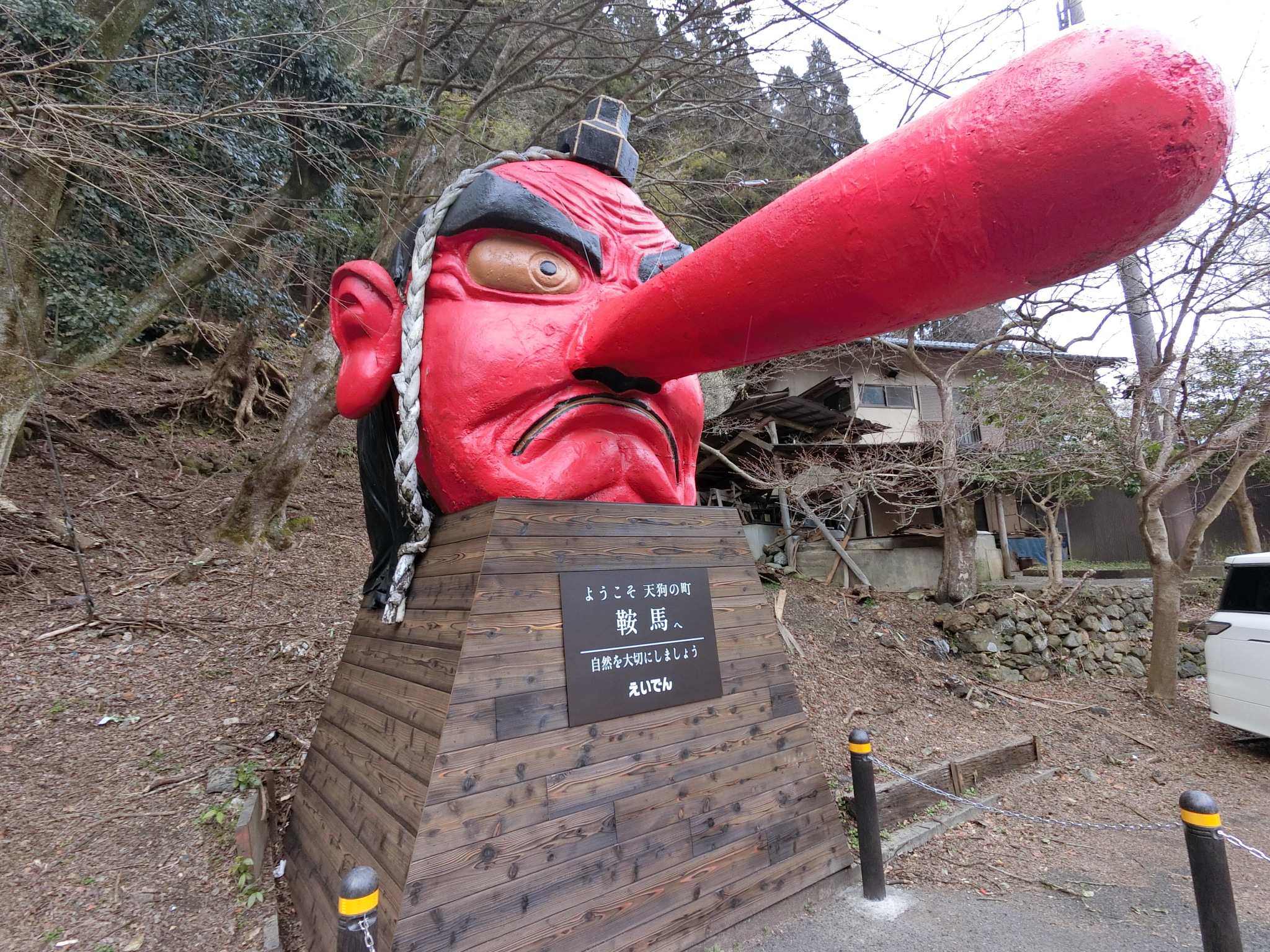
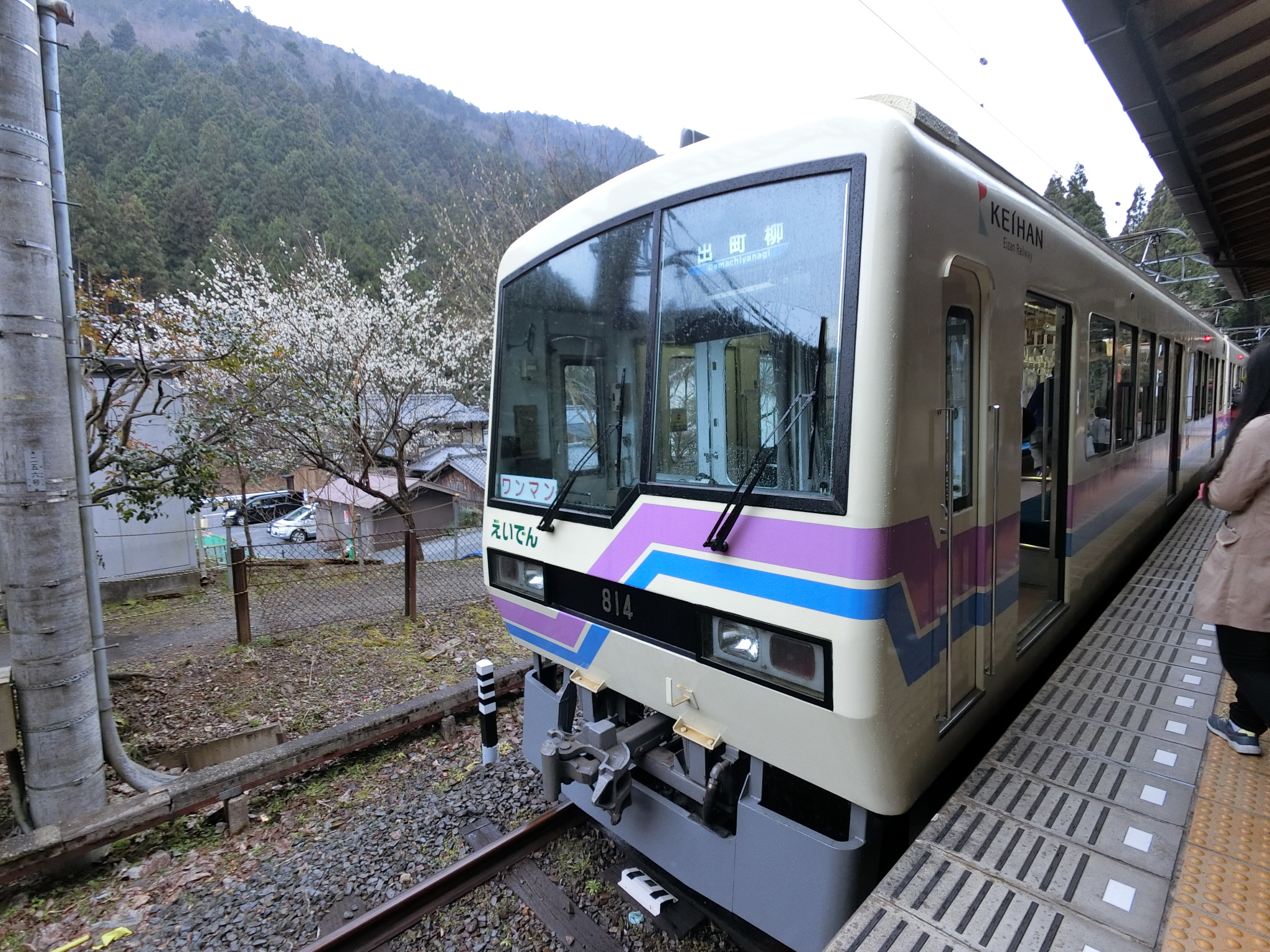
Kyoto Station: This is the main station where one will alight if taking the Hakura Express Train from Kansai Airport and Shinkansen from Tokyo. An interesting fact is that this is Japan’s second-largest station building. Many train lines onward and within Kyoto are found here. One may see Kyoto Tower which is regarded as the landmark iconic building in this city.
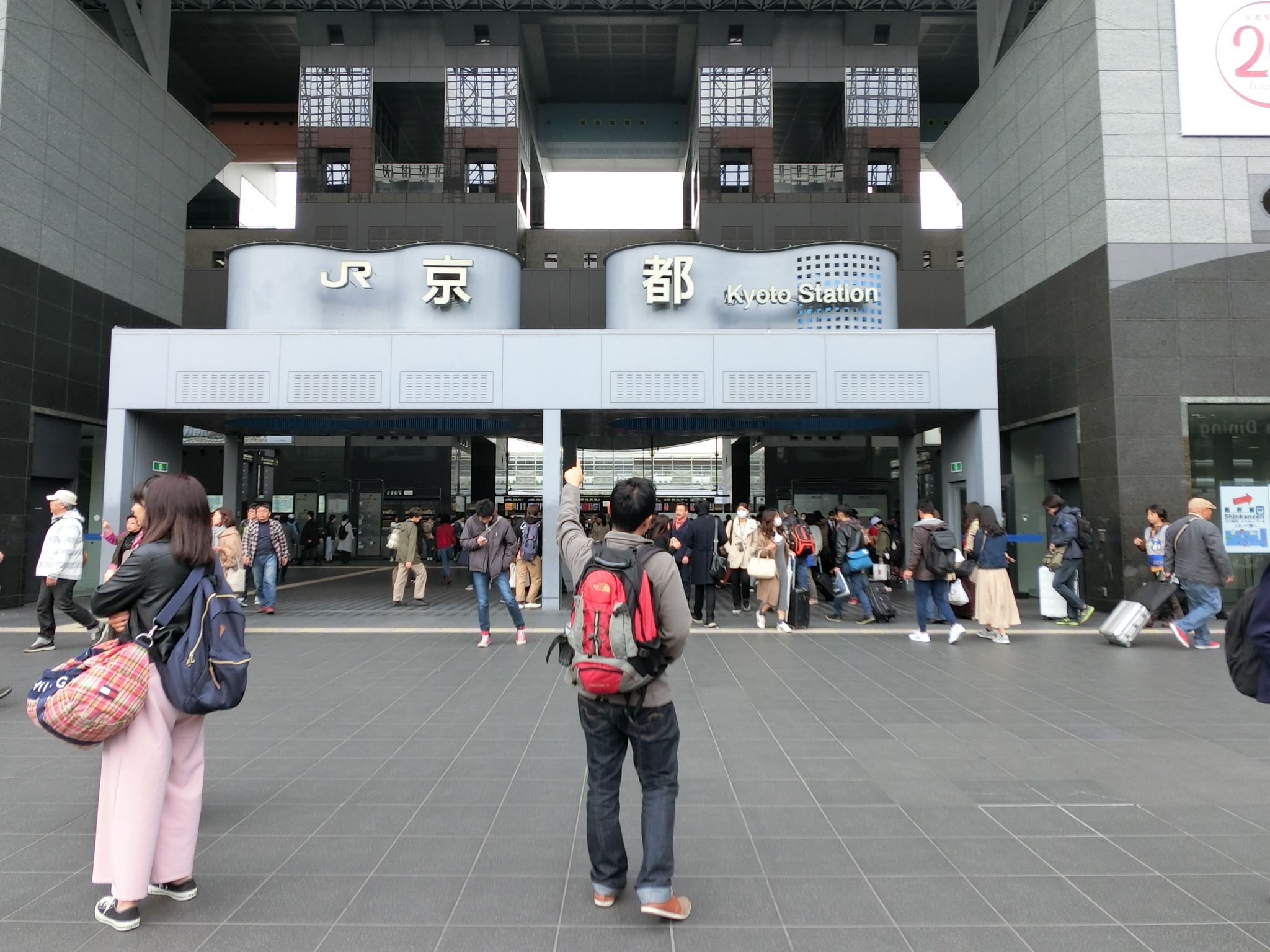
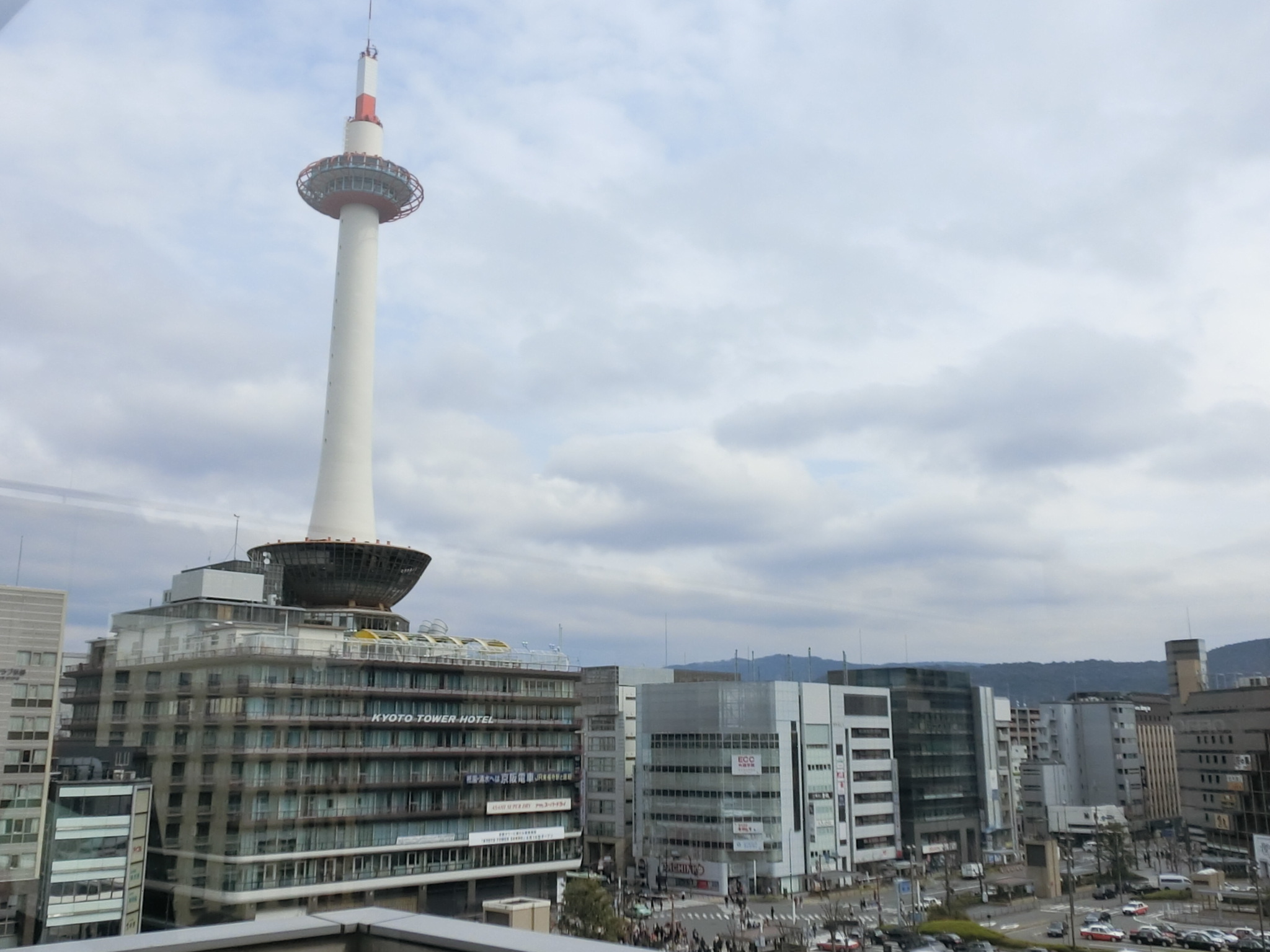
Please note that if you are visiting very popular tourist spots such as Fushimi Inari Shrine, Kinkaku-ji Temple and Kiyomizu Temple, make sure you arrive before 9am to avoid the crowd or during very late evening time just before the attraction closes. Fushimi Inari Shrine can be best visited just before sunset as it is open 24 hours and one could avoid the horrendous crowd.
Picture taken before 9am; no crowd:
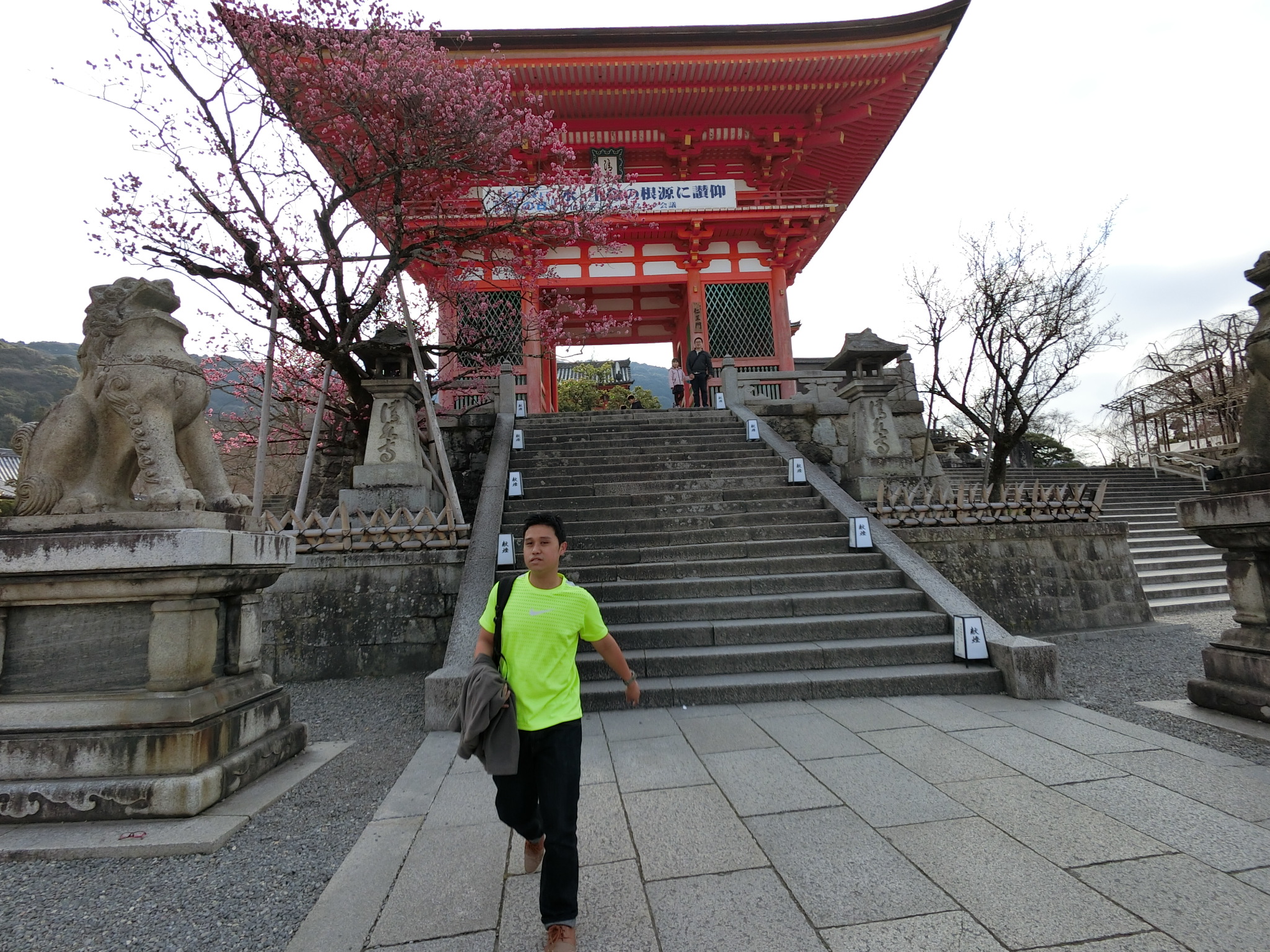
Picture taken after I visited the attraction and leaving the temple at 1030am:

Itinerary in Kyoto
DAY 1
0940H: Arrive Kyoto ; Take from Kyoto to Tofukuji, then transfer to Gion-Shijo
1020H: Check into Hostel: Khaosan Kyoto Theatre , a 5-minute walk from Kawaramachi and Gion-shijo subway stations.
1040H: Head to Fushimi Inari Shrine (Gion-Shijo station, 7 stops to Fushimi inari) Walk 500m in.
1120H: Fushimi Inari Shrine; This shrine is well-known for its trail and tunnels of 10,000 red/orange torii or traditional Japanese gates that led to sacred Mount Inari.
1300H: Lunch
1430H: Visit Nijo Castle (take from Fushimi Inari to Sanjo (kyoto) , then take SanjoKeihan to Nijojo-Mae station)
1530H: Take subway Kozai: Nijojo-Mae to Kyoto shiyakusho mae) Walk 800m to Nishiki Market, sample food. Try Daiyasu Homemade Tofu, ) Sawawa Thick Matcha Soft Serve Cone , Mackerel Tempura
1630H: Walk to Daimaru departmental store nearby
1700H: Walk to Fujii Daimaru and Takashimaya Departmental store for more food, usually at basement.
1900H: Walk to Gion district. Packed with bars, restaurants and traditional teahouses, lanterns are lit and apprentice geisha will flit about the back streets
Head east on Shijo-dori Street from Gion-Shijo Station. Cross Kawabata-dori Street and find Minamiza Kabuki Theater.
Meyami Jizo: head further east, for the tiny little temple of Chugen-ji.
Gion Sweets: Famous for its sweets and no trip here would be complete without trying some. Patisserie Gion Sakai; short walk south of Shijo on the west side of Hanami-koji. Purchase all kinds of cakes, tarts, meringues and pastries.
2100H: Maruyama Park; At night, weeping cherry trees and night lights illumation make it a favourite night spot.
2200H: Back to Hotel: Khaosan Kyoto Theater
DAY 2
0730H: Morning Call
0815H: Leave Hotel , take from Gion-Shijo to Tofukuji. Transfer to Kyoto station.
Check in hotel for tonight first.
JR Kyoto Station to JR Umahori Station Walk to Kameoka Torokko Station about 10 minutes
0850H: Start from Kameoka Torokko Station, Buy the tickets of Sagano Romantic train
0935H: Station to get off: Arashiyama Torokko Station
This station is right next to the Sagano Bamboo Forest. And this station is near Jojakkoji Temple , Tenryuji Temple.
1020H: Finish Sagano Bamboo Forest,
1040H: Visit Tenryu-Ji Temple; Kyoto most famous temple. Kyoto’s five great Zen temples.
1130H: Visit Jojakkoji Temple or 10 mins walk to Hozugawa-kudari Landing Site (River Bank Scenic)
1230H: Lunch
1315H: Depart from Arashiyama Torokko Station to Sainn. Take Bus 205 to Kinkakujimichi Bus Stop (10 stops away). Walk 400 metres to Kinkaku-ji Temple; Kyoto’s #1 UNESCO site. The famed “Golden Pavilion” is an unforgettable site.
1500H: Visit Ryoanji Temple
1600H: Back to Hotel (Rest)
1830H: Shopping along Gion Station area
2000H: Takashimaya Basement Food (discounts after 8pm)
DAY 3
06030H: Morning Call
0710H: Depart to Kiyomiza Temple
0920H: Go to Kyoto Station. Take bus number 75 from Kyoto Station to the Uzumasa Eigamura-michi bus stop
1000H: Visit Toei Kyoto Studio Park: Dress up as a samurai. Kyoto Toei Studio Park to give it its English name, is a working TV and movie set that doubles as a theme park, where besides dressing up in period costume you can wander around a mock-up Edo-era samurai town. Eigamura is open daily from 9am to 5pm, Admission is ¥2,200.
1230H: Lunch
1330H: Head to Kurama is a rural town in the northern mountains of Kyoto City, less than one hour from the city center, known for hot spring.
1430H: Outdoor and indoor baths can be enjoyed at Kurama Onsen. It can be reached in a 10 minute walk from the train station along the town’s only road. E
1630H: Finish Onsen, explore surrounding
1730H: Head back Hotel; rest
1900H: Dinner
For detail itinerary of Japan trip exploring Osaka, Kobe, Nara and Kyoto, please refer to this link here.

Categories: Asia Region
Leave a Reply